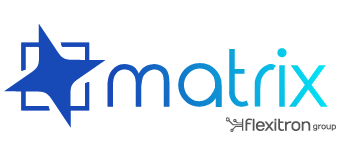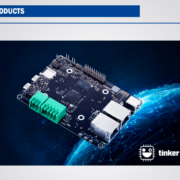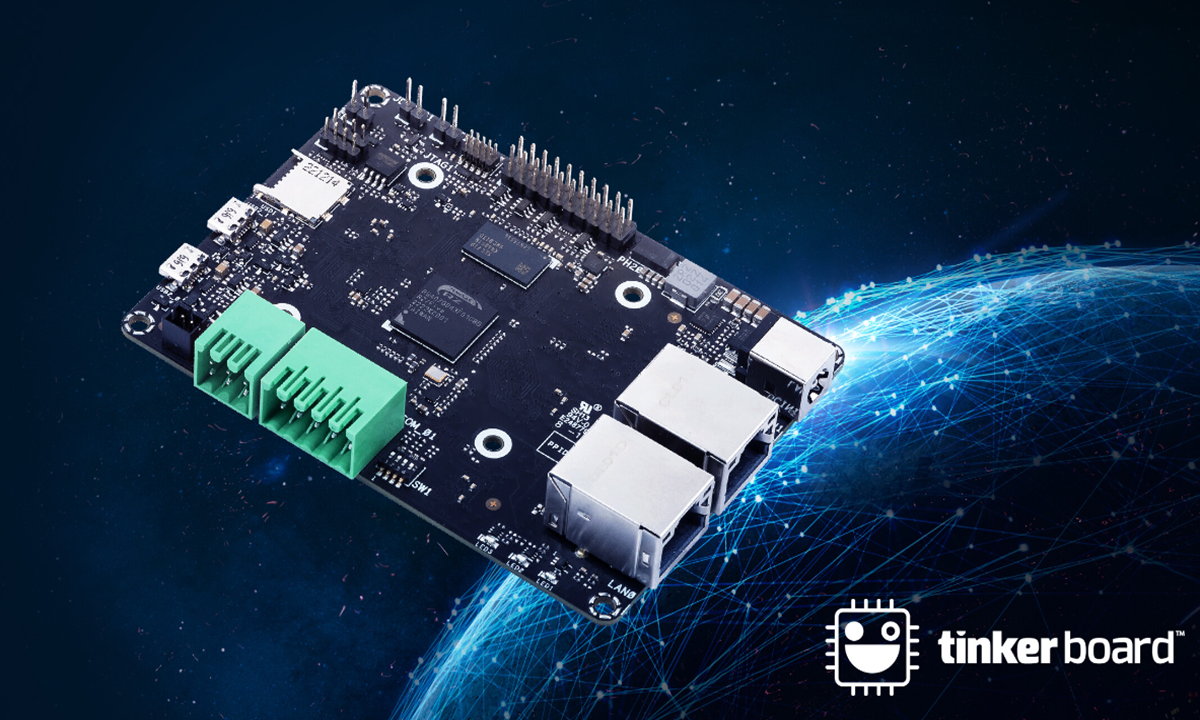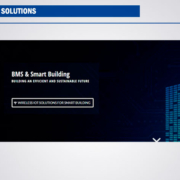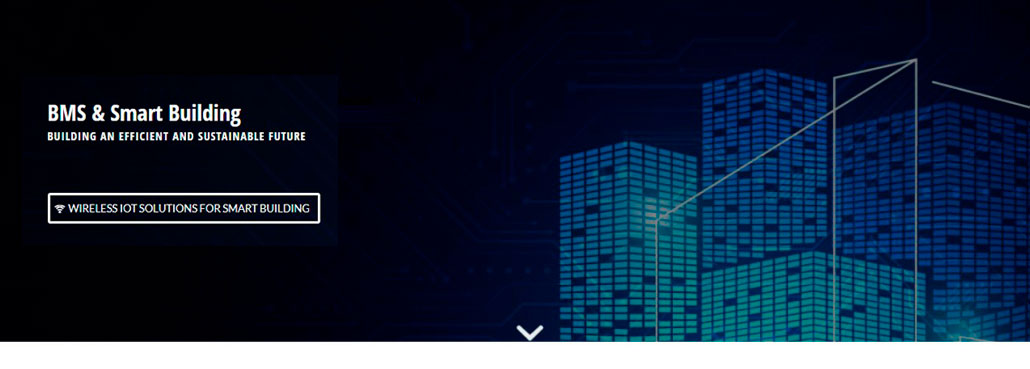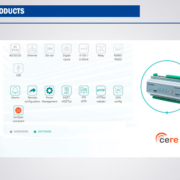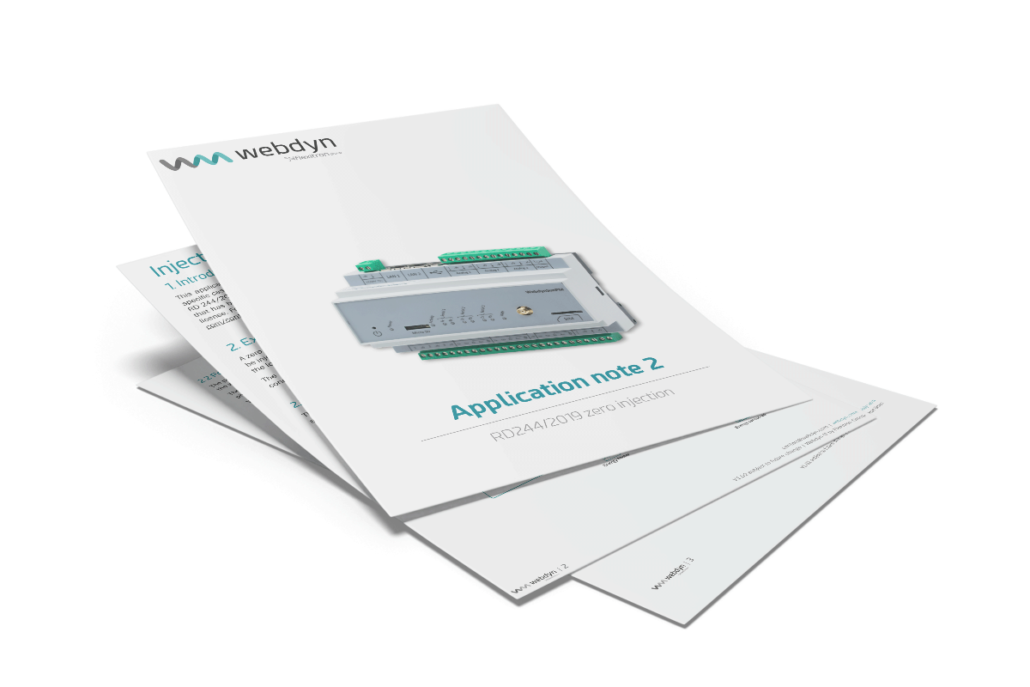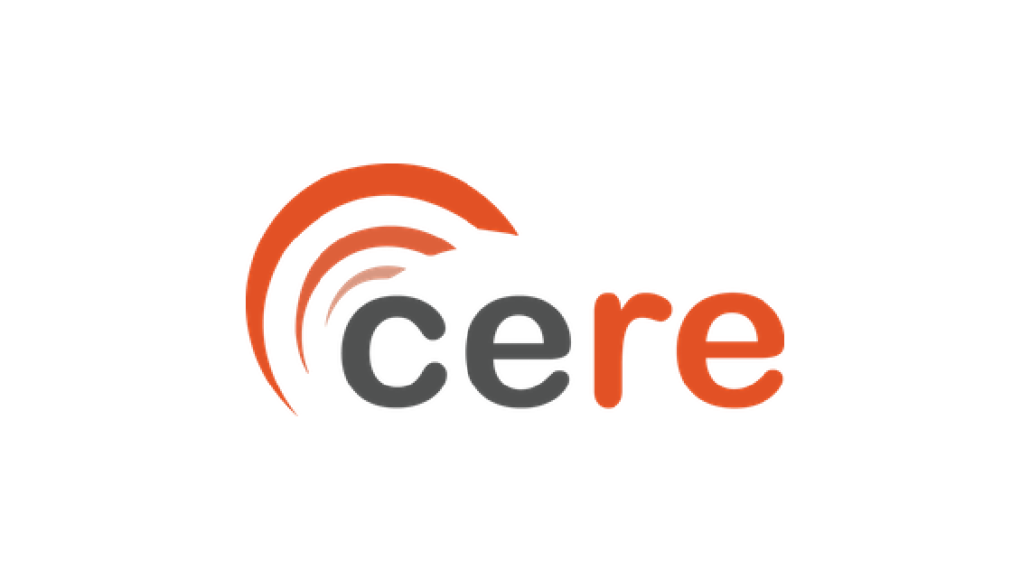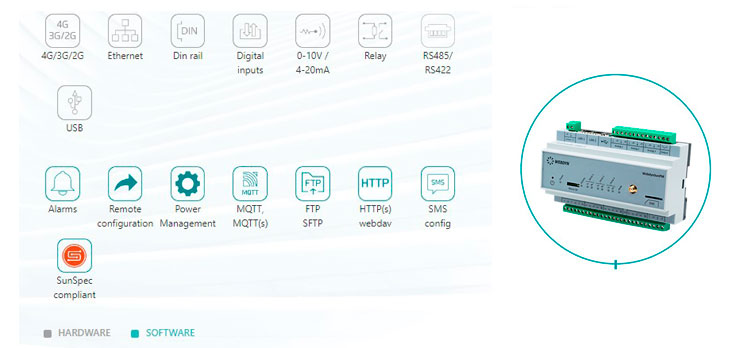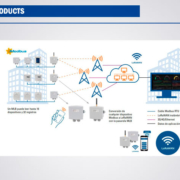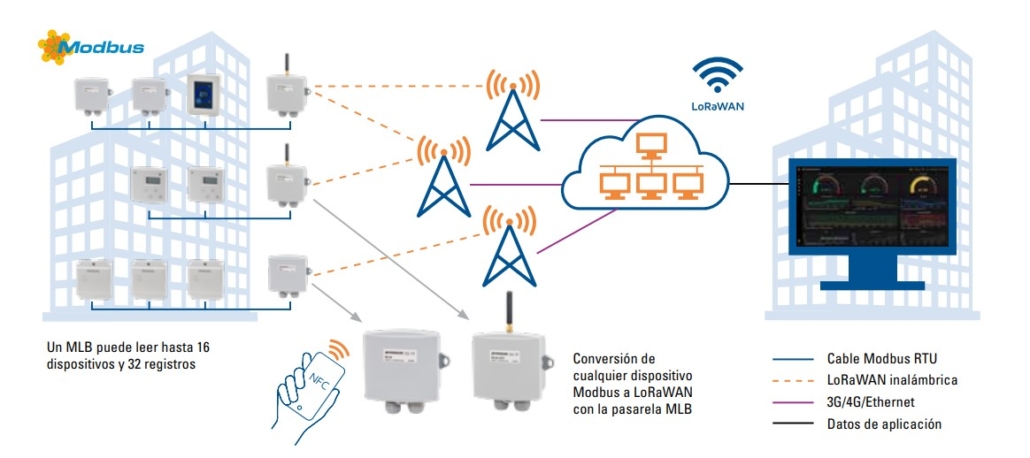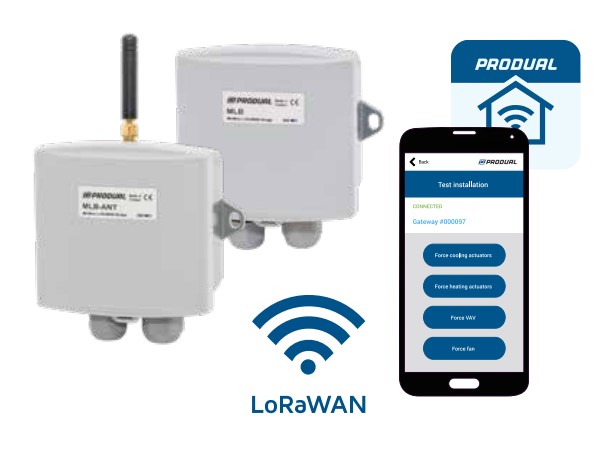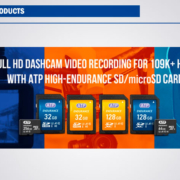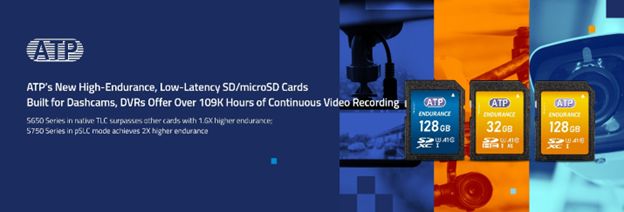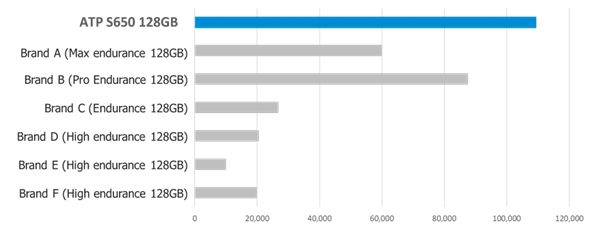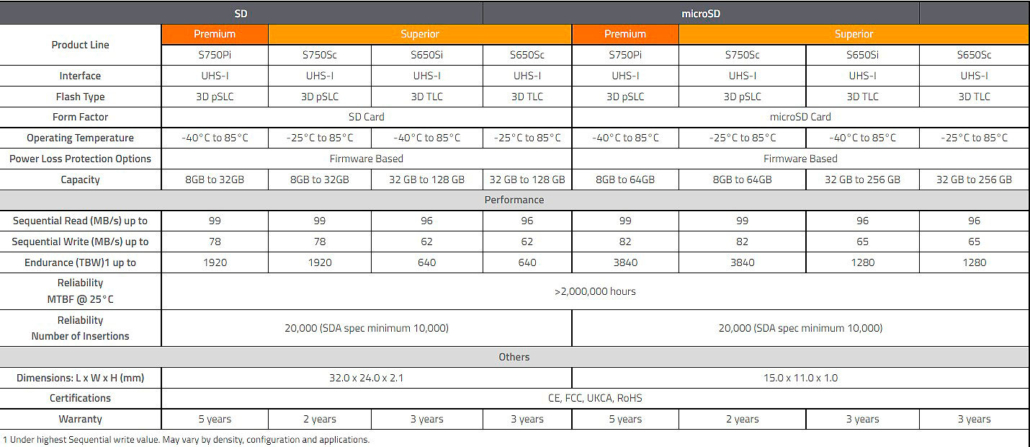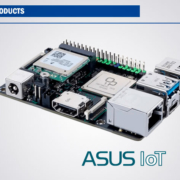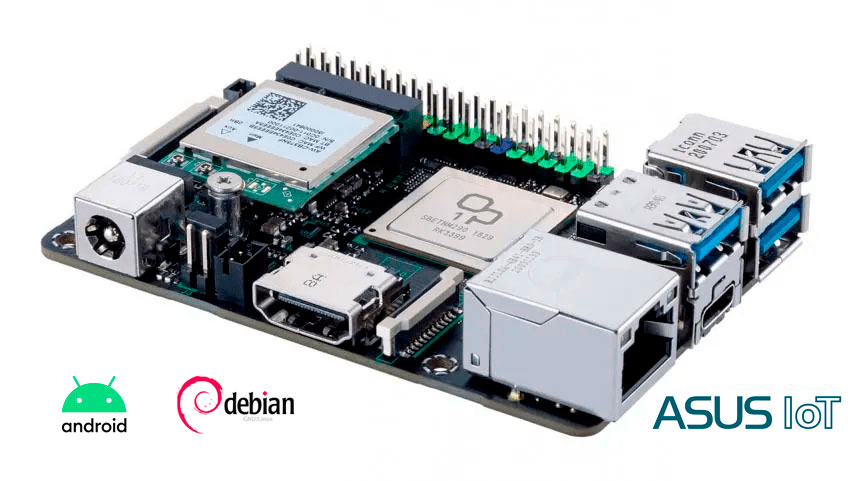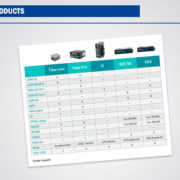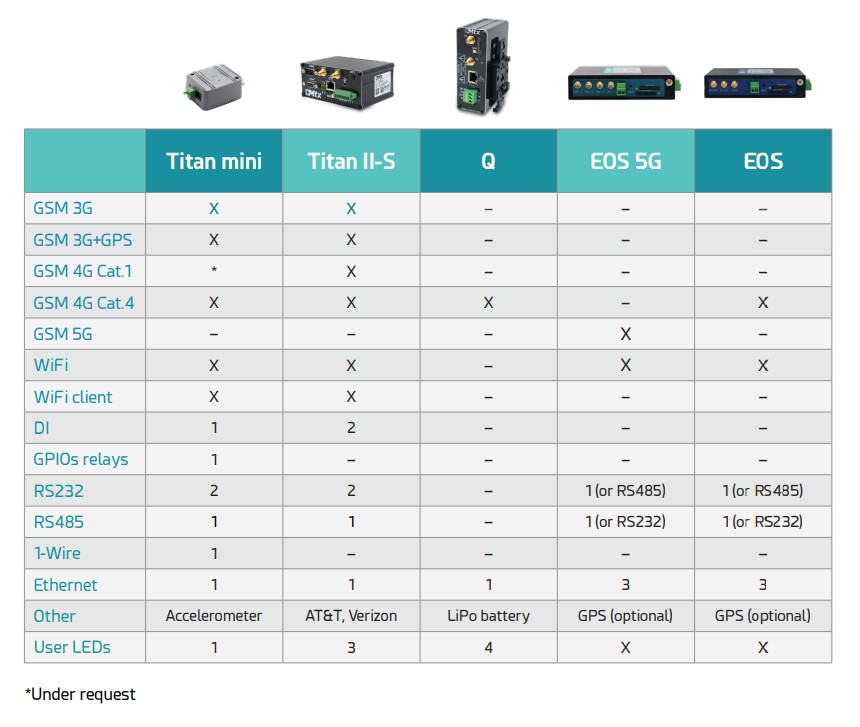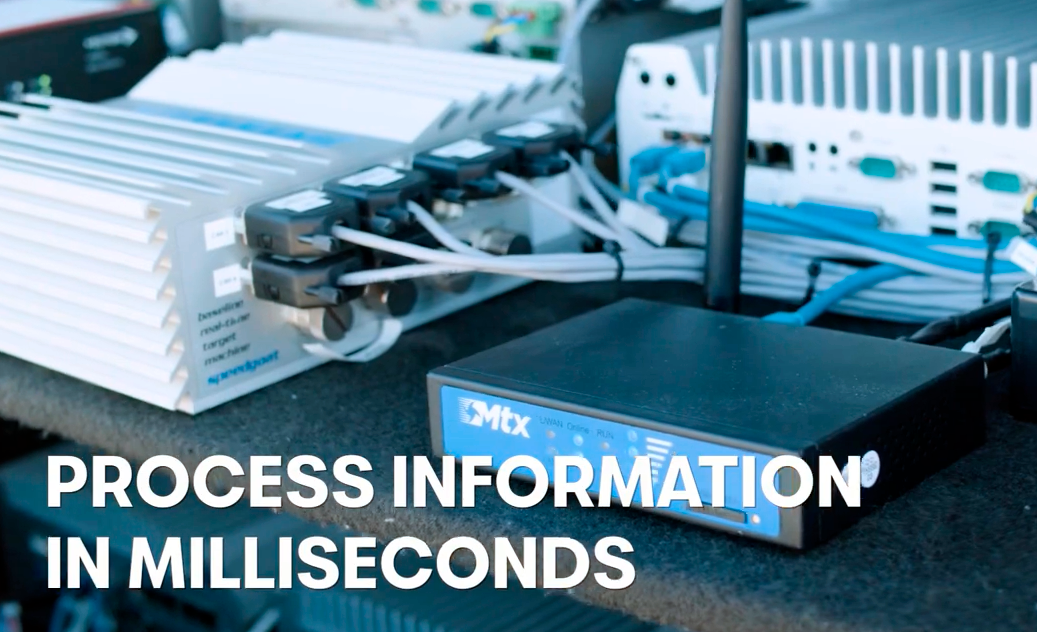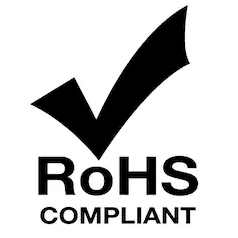With Matrix Electrónica SECO increases its presence in the Iberian market
Arezzo, April 18, 2023 – SECO and Matrix Electrónica proudly announce their partnership agreement for the distribution of SECO product portfolio in the Iberian region. This strategic cooperation will facilitate customers’ access to SECO technology while receiving highly targeted support in the selection of the most suitable solution for their project.
With more than 30 years of experience in the distribution of high-tech products for the industrial market, Matrix Electrónica is a leader in providing electronic equipment, modules and components to developers, system integrators and manufacturers in Spain and Portugal. Its team of specialized R&D engineers can also provide customers with qualified technical support in the implementation of their design.
Through this partnership agreement, SECO now provides Matrix Electrónica access to a comprehensive portfolio of leading edge devices, from standard form factor Computer on Modules and Single Board Computers to ready-to-use HMI and fanless embedded computers. Matrix Electrónica’s know-how and proven expertise will bring added value to this cooperation, not only facilitating access to SECO technology but also delivering the most effective support. With a highly skilled R&D department and specialized vertical competencies, the company can provide customers in many industries with tailored solutions both in terms of hardware and accompanying operating system and BIOS.
“Matrix Electrónica has proven to believe in SECO’s business proposition by establishing a strong, positive relationship since the beginning. Through common technical expertise and knowledge of vertical market needs, I truly believe we will achieve excellent results in a short time.” says Rocco Gagliardi, Sales Manager Southern Europe of SECO, who adds “We are proud to work side by side with this team to improve the presence in the Iberian region, one of the main focuses of both SECO and Matrix.”
“The partnership of Matrix Electrónica and SECO to promote embedded processors in the Iberian market is a natural process, as Matrix has long been the leader in this sector in the market it covers and SECO is already the European leader in this product line. Now Iberian region users will enjoy the best service and the most advanced technology available today, with the guarantee of the top companies in this industry.” says José María Vilallonga Presas, chairman of Matrix Electrónica.
Source: seco.com
